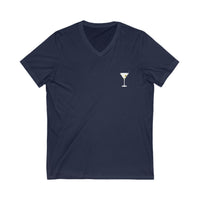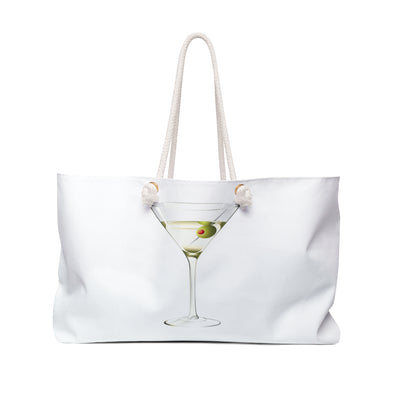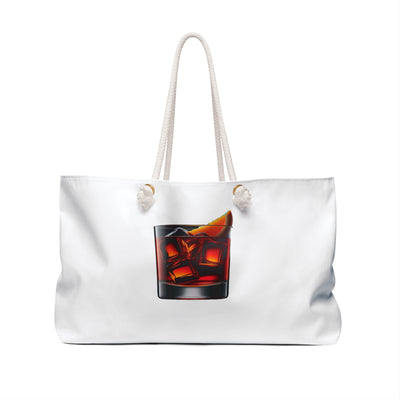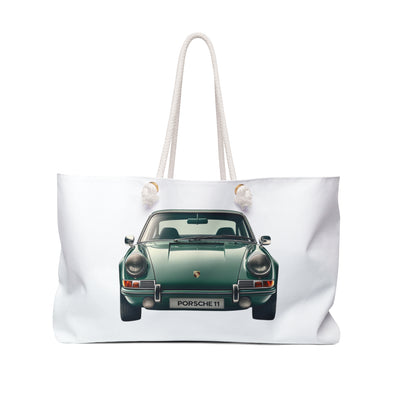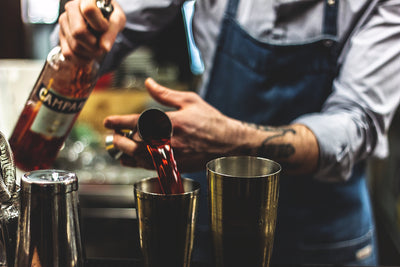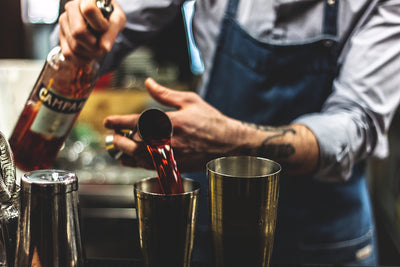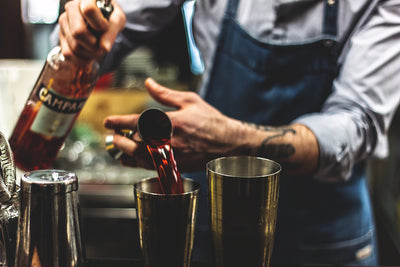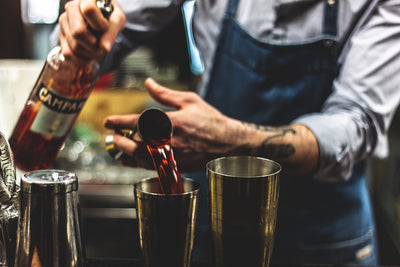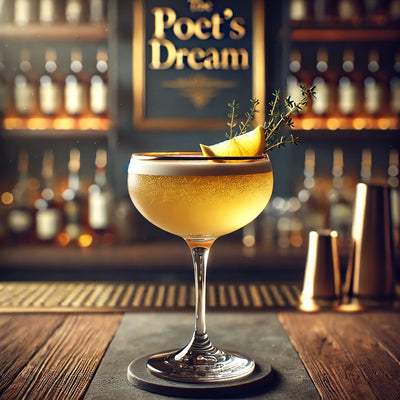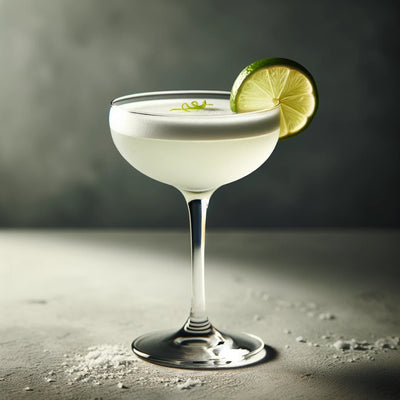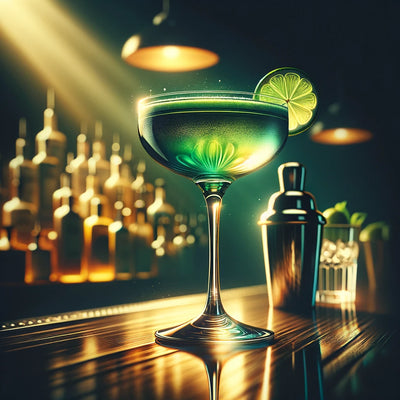What Are Cocktails?

What Are Cocktails? Exploring the Art and Science of Mixed Drinks
Cocktails are more than just a blend of spirits and mixers; they are a symphony of flavors, a canvas for creativity, and a medium through which stories are told and cultures are expressed. This detailed exploration delves into the essence of cocktails, their history, components, and the artistry behind their creation, shedding light on why these concoctions have become a staple of social gatherings and celebrations around the world.
The Essence of Cocktails
At its core, a cocktail is a mixed drink comprising two or more ingredients, with at least one of them being a spirit. Over time, the definition has expanded to include a wide array of beverages that combine spirits with mixers such as soda, fruit juice, flavored syrups, and bitters, often garnished with fruit, herbs, or edible flowers. Cocktails are celebrated for their ability to balance flavors—sweet, sour, bitter, salty, and umami—creating a harmonious and often complex drinking experience.
A Brief History
The origins of cocktails are as mixed and muddled as the drinks themselves. While the precise genesis of cocktails is debated, their existence is documented as early as the 18th century, with a significant rise in popularity during the 19th and early 20th centuries. The Prohibition era in the United States (1920-1933) ironically fostered a cocktail culture underground, as people sought to mask the taste of poorly made illegal spirits. Post-Prohibition, the cocktail scene blossomed, leading to the golden age of cocktails in the mid-20th century, which introduced many classics that remain popular today.
Components of a Cocktail
- Spirits: The backbone of any cocktail, spirits include gin, vodka, rum, whiskey, tequila, and more. Each brings its own flavor profile and character to the drink.
- Mixers: These non-alcoholic ingredients, such as soda, tonic water, fruit juice, and cream, help to dilute the spirit and add complexity to the drink.
- Sweeteners: Sugar, honey, agave syrup, and flavored syrups are used to balance the acidity or bitterness in cocktails.
- Bitters: Highly concentrated flavorings made from herbs, bark, roots, and fruits, bitters add depth and complexity to cocktails.
- Garnishes: Beyond mere decoration, garnishes like citrus wedges, olives, or a sprig of mint can enhance the aroma and flavor of the drink.
The Art of Mixology
Mixology is the craft of mixing cocktail ingredients to create a balanced and pleasing drink. A skilled mixologist understands the interplay of flavors and uses precision and creativity to concoct beverages that are not only delicious but also visually appealing. Modern mixology has evolved to include innovative techniques such as infusions, fat washing, and the use of molecular gastronomy, pushing the boundaries of traditional cocktail-making.
Types of Cocktails
Cocktails can be categorized in various ways, including by their primary spirit, flavor profile, or the occasion for which they are suited. Some popular categories include:
- Classics: Time-honored cocktails like the Martini, Negroni, Old Fashioned, and Manhattan.
- Sours: Drinks featuring a spirit, lemon or lime juice, and a sweetener, such as the Margarita and Whiskey Sour.
- Highballs: Simple cocktails composed of a spirit and a larger proportion of a non-alcoholic mixer, served in a tall glass. Examples include the Gin and Tonic and the Rum and Coke.
- Tiki drinks: Exotic, rum-based cocktails often featuring tropical fruits, syrups, and spices, like the Mai Tai and Zombie.
The Cultural Significance
Cocktails have transcended their role as mere beverages to become cultural icons, embodying the spirit of their time and place of origin. They capture the imagination with their names, stories, and the rituals surrounding their preparation and consumption. From the sophisticated allure of a Martini to the laid-back vibe of a Mojito, cocktails offer a window into the world's diverse culinary and cultural landscapes.
Conclusion
Cocktails represent a confluence of history, culture, art, and science. Whether enjoyed in a bustling bar or the comfort of one's home, they offer a moment of pleasure, a taste of tradition, and an opportunity for experimentation. As the cocktail continues to evolve, it remains a testament to human creativity and our enduring quest for culinary delight.











